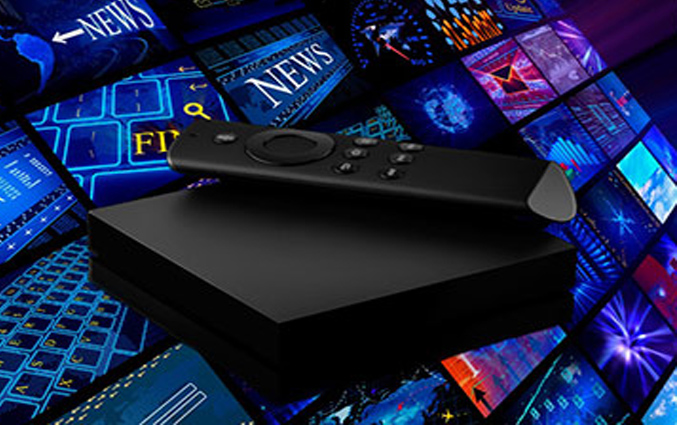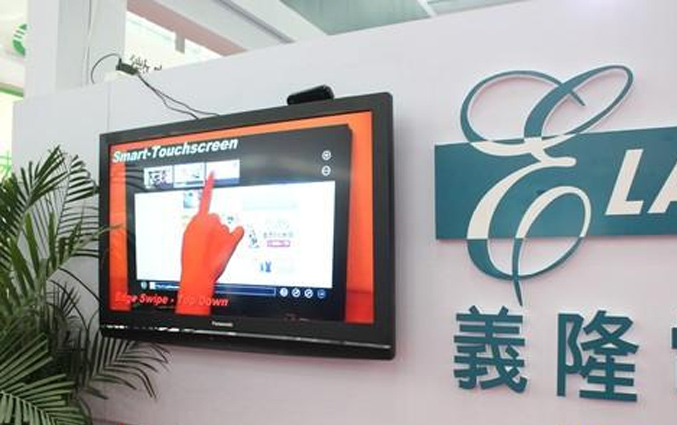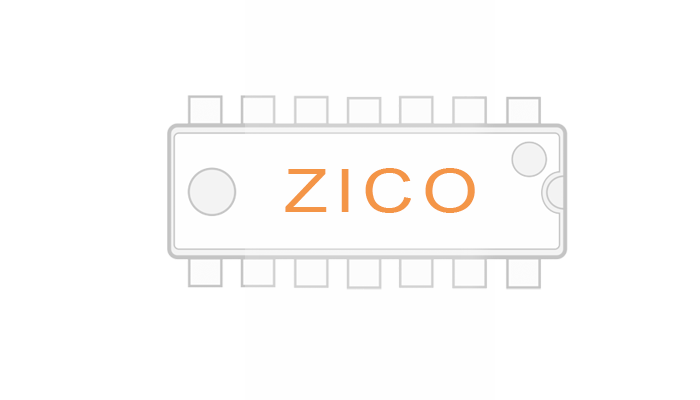About EMC test of single chip microcomputer system
For engineering and technical personnel engaged in the design of microcontroller application systems (software and hardware), it is very necessary to master certain EMC testing technology.
1. About EMC
EMC: Electromagnetic CompaTIbility, that is, electromagnetic compatibility. Refers to the ability of a device or system to operate in compliance with the requirements in its electromagnetic environment and not produce intolerable electromagnetic disturbance to any device in its environment.
It includes electromagnetic interference (EMI) and electromagnetic susceptibility (EMS). Since electrical products have electromagnetic interference to other electrical appliances or are subject to electromagnetic interference from other electrical appliances during use, it is not only related to the reliability and safety of the work of the product, but may also affect the normal operation of other electrical appliances and even cause safety hazards.
About EMC test of single chip microcomputer system
Two, the two main contents of EMC testing
1. Test the intensity of electromagnetic disturbance sent to the outside world to confirm whether it meets the limit value requirements of relevant standards;
2. Carry out a sensitivity test under the electromagnetic environment conditions of the specified electromagnetic disturbance intensity to confirm whether it meets the immunity requirements of the relevant standards.
Three, single-chip system EMC test
1. Test environment
In order to ensure the accuracy and reliability of the test results, electromagnetic compatibility measurement has higher requirements for the test environment. The measurement venues include outdoor open fields, shielded rooms or anechoic chambers.
2. Test equipment
Electromagnetic compatibility measurement equipment is divided into two categories: one is electromagnetic interference measurement equipment, which can be measured by connecting appropriate sensors; the other is electromagnetic susceptibility measurement, where the equipment simulates different sources of interference and passes appropriate The coupling/decoupling network, sensor, or antenna of the device is applied to various types of equipment under test for sensitivity or interference measurement.
3. Measurement method
Electromagnetic compatibility testing is based on different standards. There are many measurement methods, but they can be summarized into 4 categories; conducted emission test, radiated emission test, conducted sensitivity (immunity) test, and radiation sensitivity (immunity) test.
4. Test diagnostic steps
Figure 1 shows the electromagnetic interference emission and failure analysis steps of a device or system. Follow this step to improve the efficiency of test diagnosis.
About EMC test of MCU system
5. Test preparation
① Test site conditions: EMC test laboratory is radio wave semi-dark room and shielded room. The former is used for radiation emission and radiation sensitivity testing, and the latter is used for conducted emission and conducted sensitivity testing.
②Environmental level requirements: The electromagnetic environment level of conduction and radiation is far lower than the limit value specified by the standard, and the environment level is generally at least 6dB below the limit value.
③Test table.
④ Isolation of the measuring equipment and the equipment under test.
⑤ Sensitivity judgment criteria: generally provided by the tested party, and monitor and judge the truth, and determine the degree of performance degradation through measurement and observation.
⑥ The placement of the tested equipment: To ensure the repeatability of the experiment, there are usually specific regulations on the placement of the tested equipment.
6. Test type
Conducted emission test, radiated transmission test, conducted immunity test, radiation immunity test.
7. Commonly used measuring instruments
Electromagnetic interference (EMI) and electromagnetic susceptibility (EMS) tests require many electronic instruments, such as spectrum analyzers, electromagnetic field interference measuring instruments, signal sources, functional amplifiers, oscilloscopes, etc. Because the EMC test frequency is very wide (20Hz~40GHz), the amplitude is very large (μV level to kW level), there are many modes (FM, AM, etc.), and there are many attitudes (flat, inclined, etc.), so the correct use of electronic instruments is very important. important.
A suitable instrument for measuring electromagnetic interference is a spectrum analyzer. A spectrum analyzer is an instrument that displays the law of voltage amplitude changing with frequency. The waveform it displays is called the frequency spectrum. The spectrum analyzer overcomes the shortcomings of the oscilloscope in measuring electromagnetic interference, and can measure the interference intensity on each frequency. The spectrum analyzer can directly display the various spectrum components of the signal.
Four, electromagnetic compatibility troubleshooting technology
1. Solution to conduction problems
①Reduce EMI current by connecting a high impedance in series.
② Short-circuit the EMI current to the ground or lead to other loop conductors by connecting a low impedance in parallel.
③ Cut off the EMI current through the current isolation device.
④Suppress EMI current through its own function.
2. Capacitive solutions for electromagnetic compatibility
A common phenomenon is that one side of the filter capacitor is not regarded as directly connected to a separate impedance, but as connected to a transmission line. The typical situation is that when the length of an input and output line reaches or exceeds 1/4 wavelength, the transmission line becomes "long".
In fact, this change can be approximated by the following formula: l≥55/f
In the formula: l unit is m, f unit is MHz. This formula takes into account the average propagation velocity, which is 0.75 times the free space theory.
a. Dielectric material and tolerance
Most of the capacitors used in electromagnetic interference filtering are non-polar capacitors.
b. Differential mode (line-to-line) filter capacitive capacitor.
c. Common mode (line to ground/chassis) filter capacitor
Common mode (CM) decoupling usually uses small capacitors (10~100nF). Small capacitors can short-circuit undesired high-frequency currents to the case before they enter sensitive circuits or when they are far from noise circuits. In order to get a good high-frequency attenuation circuit, reducing or eliminating parasitic inductance is the key. Therefore, it is necessary to use ultra-short wires, especially leadless components.
3. Inductive and series loss electromagnetic compatibility solutions
As far as capacitance is concerned, if Zs and Z1 are not pure resistors, their actual values should be used when calculating the frequency. When the capacitor is connected in series in the power supply or signal circuit, it must meet:
① The working current that flows through should not cause the inductor to overheat or be too large to be excessive and fall;
②The current flowing cannot cause magnetic saturation of the inductor, especially for high-permeability materials.
There are several solutions:
Magnetic core material;
Ferrite and ferrite-loaded cables;
Inductance, differential mode and common mode;
Grounding choke;
Combined inductance and capacitance elements.
4. Resolution of Radiation Problems
In many cases, the problem of radiated electromagnetic interference may be generated and eliminated during the conduction phase. There are also solutions that can suppress the interference device in the radiation transmission channel, working like a field shield. According to the shielding theory, the effect of such shielding mainly depends on the frequency of the electromagnetic interference source, the distance from the shielding device and the characteristics of the electromagnetic interference field-electric field, magnetic field or plane wave.
Five, conclusion
In the actual EMC test application, in addition to passing the qualification test of the standard qualification laboratory, there are two feasible methods that are also recognized by the industry: TCF (Technical ConstrucTIon File) and Self CeriTIficaTIon (Self Inspection Certificate).
The anti-interference ability test is a very practical test item. The way to achieve electromagnetic compatibility is to treat all digital and analog circuits as circuits that respond to high-frequency signals, and use high-frequency design methods to handle electricity shielding, PCB wiring, and common-mode filtering. The use of a whole ground plane and power plane is also very important, and the same should be true for analog circuits. This is conducive to limiting high frequency common mode loops. Most transient interferences are high-frequency and produce strong radiated energy
Recommended news

ELAN: Capacitive multi-finger touch technology

Di Guanjie: Breaking through technical barriers and leading the innovation and development of MCU field

IC factory ELAN Group joins hands with NTU AI Center to create intelligent transportation system to enter Southeast Asian countries

NY2 series products are single-chip CMOS music and speech synthesis ICs


